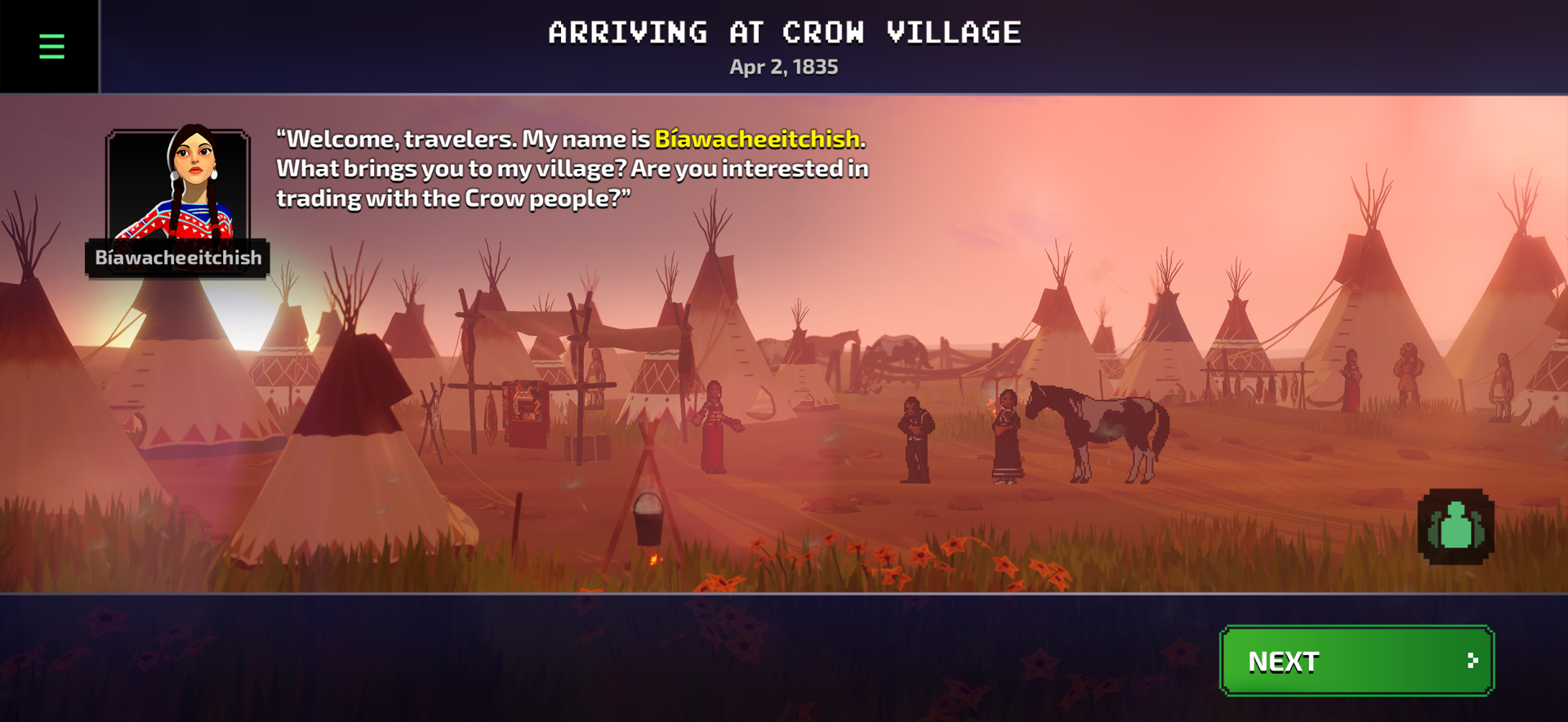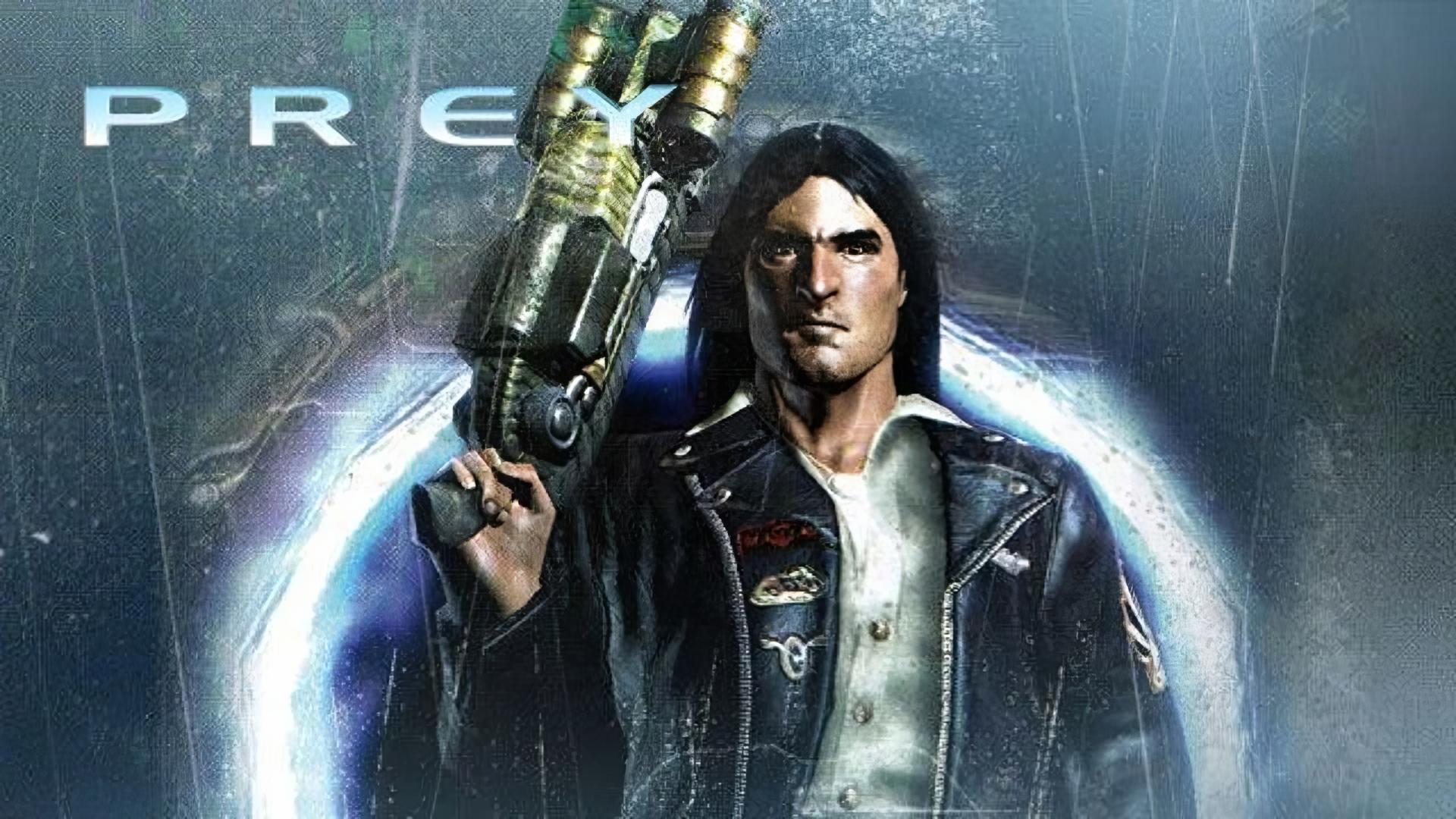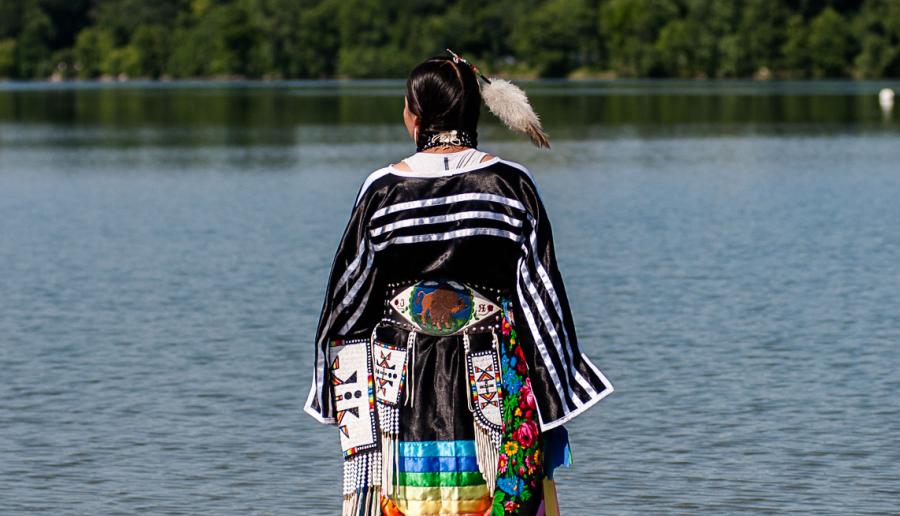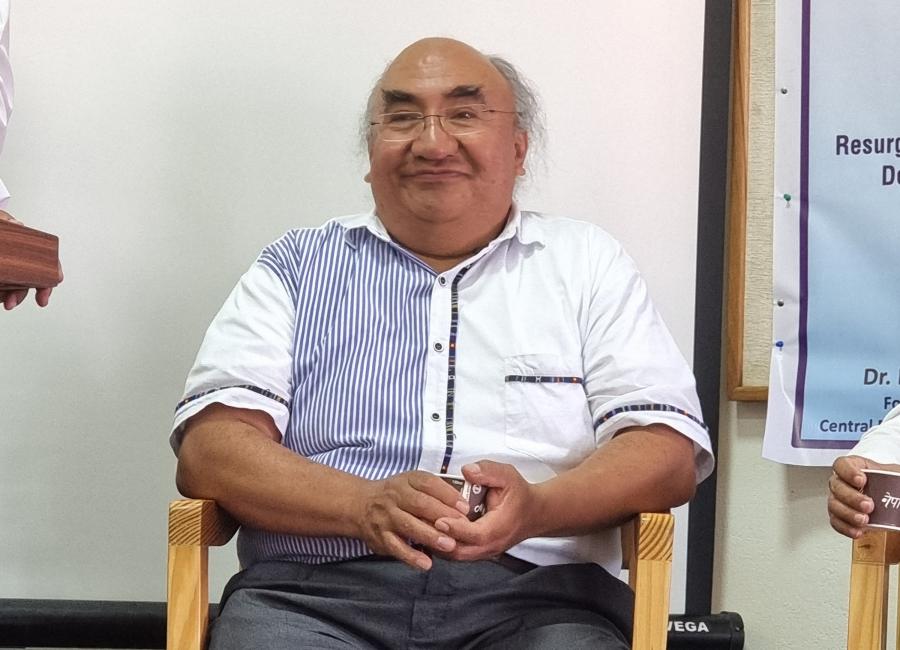
By Chad Valdez (DINÉ)
It’s 2010, late into the night, and my best friend and I load up a multiplayer game of “Gears of War 2” to play deathmatches into the next morning. While it was just the two of us, we were never alone—Tai Kaliso was always there as well. With his mohawk, facial tattoos, heavy accent, and dark brown skin, there was another Indigenous person in the room, shining bright through the pixelated screen of the television. We never really considered why we chose Tai as our character most nights, aside from thinking he was the coolest, most badass character in the game. In hindsight, I’m sure the real reason was because he reminded us of ourselves. We saw someone that sort of looked like us, or at least had skin like us, and talked with an accent we may have heard from family members, sharing wisdom in a story or through some strange humor. With him, we had representation.
Representation for Indigenous Peoples in video games and media has a sordid history. We were the enemies for the cowboys, the shamans for the heroes, the burial grounds for the ghosts, the savage Indian to be saved. When video games were first being developed, the roles of those cowboys and heroes shifted into the hands of anyone with access to an arcade or gaming system. But for Indigenous Peoples, we were still the enemies. Over the years, video games evolved and grew into a wide array of stories, characters, and entertainment that anybody could pick up and play. And of course, the whitewashed history of America and the colonization of the West would claw its way into the new medium. Again, we were the enemies to shoot, but this time it wasn’t an actor doing the shooting; it was anybody who walked into an arcade with some change or any kid with a gaming system at home. Stereotypes of Indigenous Peoples ran rampant. Some of these games were even considered educational, such as “The Oregon Trail.”

Image of gameplay from “Oregon Trail.”
The original version of “The Oregon Trail” was created in 1971, but was truly popularized in 1985 when it came preloaded on certain computer systems. In the game, players take on the role of a wagon leader guiding settlers to Oregon in 1848. While traveling, players must make decisions that ensure the survival of the group. Players decide what supplies to bring along, the route to travel, and actions during random events that can occur such as storms or disease. One event that can happen during gameplay is an attack by “Indians” that kills members of your traveling party. Portrayals of Native Americans in the game relied on tropes and stereotypes, common to what people were used to seeing in older arcade games. War paint, feathers, bows and arrows, and large noses were the prevalent features of Native Americans in the media. Because of the popularity of the game and the assumed historical accuracy of European settlement, “The Oregon Trail” was soon considered an educational tool that could be played in classrooms.
The legacy of that game, and evolving viewpoints of Indigenous Peoples, is marked by its most recent remake, released in 2021. This version was developed with Native American historians who lent their perspectives and insight into the improvement of the game. Players begin this updated version with an image of an authentic, animated depiction of an Indigenous woman and a recognition that westward expansion was not an adventure for Indigenous Peoples, but an invasion. Playable characters now include Native Americans that are not pan-Indian designs. This updated version of “The Oregon Trail” reflects not only an evolved game but shows how far the industry has come in including Indigenous Peoples in the making of these games.

Image depicting Tommy from “Prey."
After all the stereotypes and harmful, inaccurate depictions of Indigenous Peoples through the late 20th century, developers began to realize the error of their ways. Enter “Prey,” released in 2006. This first-person shooter game focuses on the Cherokee character, Domasi “Tommy” Tawodi, who, with his girlfriend and grandfather, is abducted by aliens on their reservation in Oklahoma. The character is voiced by acclaimed actor Michael Greyeyes (Muskeg Lake First Nation). While still featuring some common tropes, such as Tommy entering the spirit world and having special abilities, the creators did not want to do a pan-Indian stereotype, instead wanting to show contemporary life for Tommy on the reservation. They welcomed feedback and input from Greyeyes, who gave extensive notes on the character on how he should best be portrayed.

Image depicting Ratonhnhaké:ton/ Connor from “Assassins Creed 3.”
“Assassins Creed 3,” released in 2012, continues in the evolution of respectful representation. The third entry from a popular action-adventure series that features large landscapes filled with hundreds of characters with each game emphasizing the accuracy of its historical settings, “Assassins Creed 3” focuses on 18th-century Colonial America with a protagonist named Ratonhnhaké:ton/Connor, a Mohawk man who becomes an assassin to protect his people. Featuring Indigenous actors for the Indigenous characters and the engagement of Mohawk consultants in the making of the game, Thomas Deer from the Kanien’kehá:ka Onkwawén:na Raotitióhkwa Language and Cultural Center was brought in to help give Ratonhnhaké:ton a fully fleshed-out backstory. The development team also worked with the Kahnawà:ke Mohawk community to ensure the accuracy of the character, even hiring some of the residents to translate, voice act, and sing in the game, making “Assassins Creed 3” an example of how to create Indigenous characters with respect and with Indigenous people involved.
For an educational and entertaining game worth playing with cultural aspects done completely right, “Never Alone (Kisima Ingitchuna)” shines. It is a puzzle platform game produced, written, voice acted, and featuring the Iñupiaq People in Alaska. Creatively driven by the Cook Inlet Tribal Council, it is the story of a traditional Iñupiaq tale narrated by their people in their language. Players take control of an Iñupiaq girl and her arctic fox, playing through the traditional story to help her people. Along the way, players collect ‘cultural insights’ that consist of documentary videos of Iñupiak people telling stories and sharing their culture’s wisdom. The game has millions of downloads, has won multiple awards, is discussed in university classrooms, and is played in public elementary schools around the world with teaching guidelines. “Never Alone” shows what is possible when video games are not simply about Indigenous Peoples, but are made by them.
Elizabeth LaPensée (Anishinaabe and Métis) is an award-winning designer, writer, and artist who uses her knowledge to create video games for Indigenous Peoples, such as “When Rivers Were Trails,” a stunning adventure game where players journey through the past and learn about the land and the effects of colonization from Indigenous wisdom and insight. In her game, “Thunderbird Strike,” players control a thunderbird that is protecting Turtle Island from the oil industry. LaPensée now works as Narrative Director for Twin Suns, a global video game studio.
Ashlee Bird (Western Abenaki) is an assistant professor of American Studies at the University of Notre Dame and a game designer. Her work in Native American studies and gaming theory aims to shift the nature of video games and decolonize them. Her games, “One Small Step” and “Full of Birds,” do not focus on collecting money or fighting enemies like other games do. Instead, they are full of messages of what decolonization can look like and the beauty in Indigenous art.
There are many more game developers and creators sharing cultural wisdom, portraying Indigenous characters with respect, and fostering representation. These are only some of the games worth playing, alone and with friends. Video games invite people to experience new and diverse stories and have interactive experiences where they can be in control of something new. Representation is not the end goal, however. Indigenous Peoples can and should be involved in the creation of the game.
I still play games with my childhood friend. Nowadays we can’t stay up as late as we used to, but we still do our best to find time to play a quick match together. Lately, it’s been “Call of Duty,” and Talon, a First Nations character, remains one of our favorite choices. We’re transported back to 2010 and can see ourselves up on the screen again, an Indigenous character being controlled by two chi’zhii kids.
Chad Valdez (Diné) is a 2023–2024 Cultural Survival Indigenous Writer in Residence.
Top image: Cover image of “Never Alone (Kisima Ingitchuna)."



